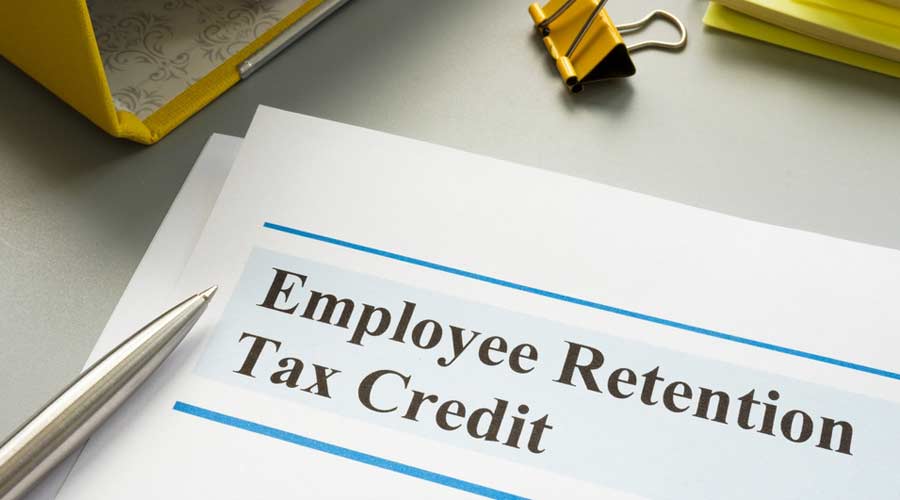Things To Know About the Employee Retention Credit
The pandemic changed lives in many ways and drastically affected many businesses. The shutdown of the economy was particularly tough on smaller employers and their employees. In response to this and other overall effects of the pandemic, the federal government rolled out the Coronavirus Aid, Relief, and Economic Security Act.
Table of Contents
The ERC Program of the CARES Act
The employee retention credit as part of the CARES Act provides incentives to qualifying companies in the form of a refundable tax credit. In 2020, Congress hoped to support employers in continuing to employ workers through the pandemic.
From 2020 through the end of 2021, the ERC offered employers tax credits up to 50 percent of qualifying employees’ wages with a cap of $5000 for individual employees. More recent updates increased the qualifying percentage to 70 percent, and the wage limit was also increased. Limitations were added in 2021 that made the credit available to only small businesses.
Qualification Requirements for Businesses
So, which businesses qualify to take this credit? Although there are different rules for businesses of different sizes at various points in the timeline, qualification for the credit is consistently based on whether part of the business’s regular operations was suspended.
The suspension of operations was to have been caused by limits put into place by relevant government officials, or the company must have suffered from a serious loss of gross receipts within the specified time periods. To qualify, the business operations didn’t need to be completely suspended; partial suspension, such as closing in-house operations while maintaining a carry-out service, would qualify the business for a credit.
The Complex Calculations Involved
If a business met the eligibility and qualifying requirements in 2020 and 2021, it is still possible to calculate the amount of the credit and file a claim. For the qualifying months in 2021 and beyond, the credit could be equal to 70 percent of the yearly wages, and wages are limited to $10,000 per quarter. This cap includes expenses spent toward healthcare plans.
To claim the credit, companies use Form 941 for wages paid during each qualifying quarter during 2020 and 2021. The rules for the distinct time periods are different, so it’s important to research the appropriate set of regulations. In some situations, the credit can be used against social security taxes, as well as railroad retirement tax.

Employers could also decrease their employment tax deposits in anticipation of the quarterly credit amount. If the retained deposits fell below the qualifying credit amount, a Form 7200 could be used to get a payment of the remaining amount.
Determining eligibility and wage qualifications can be tricky. Fortunately, there are many online tools available to businesses. Additionally, consultations with tax accountants could clear up much of the mystery.
Retroactive Credits and Refunds
If employers didn’t claim the employee retention credit during 2020 and 2021, it is possible for them to file amended returns for qualifying quarters; however, the refundable tax credit only pertains to specific quarters of 2020 and 2021. Each qualifying quarter has its own requirements, restrictions, and limits. Forms 943-X and 944-X may be used to claim the credits retroactively. While the ERC did expire, some employers may still have a chance to file based on their history.
Ongoing Scams Directed at Business Owners
The Internal Revenue Service recently issued a warning regarding baseless promises made by third parties to business owners. Beware of organizations charging upfront fees and fees based on the tax refund. These parties may encourage employers who don’t meet any of the qualifications to file claims for the tax credit. The business may then suffer financial losses to the third party as well as wasting time and effort working on the tax documentation.
While the effects of the pandemic are still felt by businesses across the country, there may be a bit of possible relief through the ERC. Business owners who believe they might qualify should carefully review information directly from the IRS and contact reputable agencies to avoid being targeted by scammers.
